If you had to take a guess of the top teams in pitching, where do you think the Reds rank? I’ll give you a few minutes while you make your way to Fangraphs.
…
Welcome back! To my (and probably your) surprise, the Reds rank second, as of this post, in pitching fWAR. How does one of the worst pitching teams the past couple of years go to one of the best pitching staffs in an offseason? I wanted to know more, but instead of diving deep into the pitcher most written about, Luis Castillo, I decided to take a look at someone who I’ve always liked: Anthony DeSclafani aka Tony Disco.
DeSclafani has been in a few trades since being drafted in 2011 by the Toronto Blue Jays. After his first season in the minors, he was traded to the Marlins in the big Mark Buehrle and Josh Johnson trade. He made in MLB debut in 2014 against the Los Angeles Dodgers. In the winter of 2014, he was traded to the Reds in exchange for Mat Latos. He had two 100-plus-inning seasons in 2015 and 2016 for the Reds before being shut down in 2017 with a sprained UCL. He did not pitch again until June 2018, when he pitched 115 innings with a 4.93 ERA and 1.29 WHIP the rest of the way. So far this season, DeSclafani has made some interesting changes that have increased his swinging-strike rate and decreased his HR/FB ratio. Let’s go a bit further in the number to see what he is doing differently.
Pitch Mix Change
DeSclafani has made a drastic change in his pitch mix this year. He is throwing more four-seam fastballs, up from 35% to 45%. He has never really had a good fastball; in fact, it has been quite poor. Other than in 2015, when it had a 2.9 pVAL, it has been a negative pitch, with -3.2 and -7.1 in 2016 and 2018. Most of the poor performance can be attributed to pitch location.
He was throwing it right down Main Street. Batters were in heaven, with a .365 batting average, .750 slugging percentage, and .455 wOBA. To make matters worse, when batters weren’t smacking it around the park, it wasn’t getting strikes. The four-seam had a 15.3% whiff rate, 7.1% strikeout rate, and 11.5% walk rate. Obviously, not a recipe for success. Now, take a look at this year.
DeSclafani is now throwing his four-seam higher in the zone, and it has been effective. Batters have a .245 average, .490 slugging, and .331 wOBA against it. The pitch is also getting more strikes with 25.4% whiff rate and strikeout rate with only a 3.4% walk rate.
Along with throwing the four-seam higher in the zone, he has also seen an uptick in velocity as well, up from 93.5 mph to 94.2 mph. If DeSclafani can keep this velocity or improve, as most pitchers do, as the season goes on, the once trash pitch can be useful.
The Trouble with the Curve
2018 was a terrible year for DeSclafani’s curveball, and based on usage patterns, he knew it and must have had no feel for it. In 2016, he threw the curve 11% of the time, and it generated 38.2% whiff rate and 41.2% strikeout rate, mainly because the the pitch just falling off the table to right-handed batters.
In 2018, though, he lost all the bite on the pitch and left it right over the plate. Batters feasted on the curve by hitting .438/.438/1.188, and strikeouts were down to 18.8%.
Guess what is back? The curveball, baby! DeSclafani has the feel for it again, and usage is back up to 15%. It is generating a 41.2% whiff rate—a career high—and 45% strikeout rate. However, it is not all good news. He has left cupcakes up and right down the middle to left-handed batters, and they have smashed the living daylights out of the ball, hitting .455 with a .727 slugging percentage. Good news: The xStats indicate those hits were more of a fluke with an xBA of .274 and .451 xSLG.
Slider: More Velocity, More Movement
DeSclafani’s best pitch the past couple of seasons has been his slider. In fact, the pitch was the only pitch with a positive pVAL. The pitch was also generating more whiffs and strikeouts than of his other offerings. Now, DeSclafani is throwing the pitch harder, averaging 89 mph and getting more vertical movement, 4.4 zMov, up from 1.6 zMov last year. But surprisingly, he is getting fewer strikeouts.
So what gives? Two things: He is throwing more balls and getting more batters to foul off the pitch.
Batters are swinging less at the slider, especially outside the zone; their O-swing rate is down to 38.5% from 46.2% last year. When batters do swing at the slide piece outside the zone, they are making more contact; their O-contact rate is up to 66.7% from 46.3% last year.
This is the pitch DeSclafani needs to work on if he wants to take that next step.
Featured Image by Justin Paradis (@freshmeatcomm on Twitter)

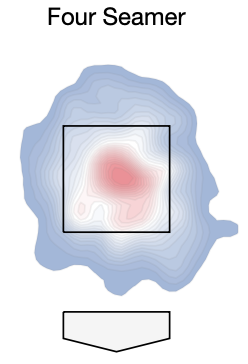
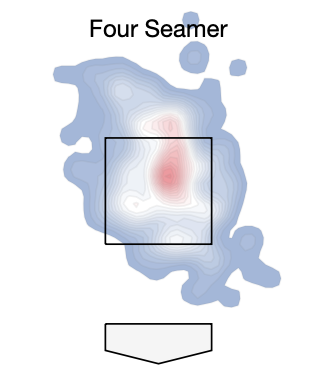
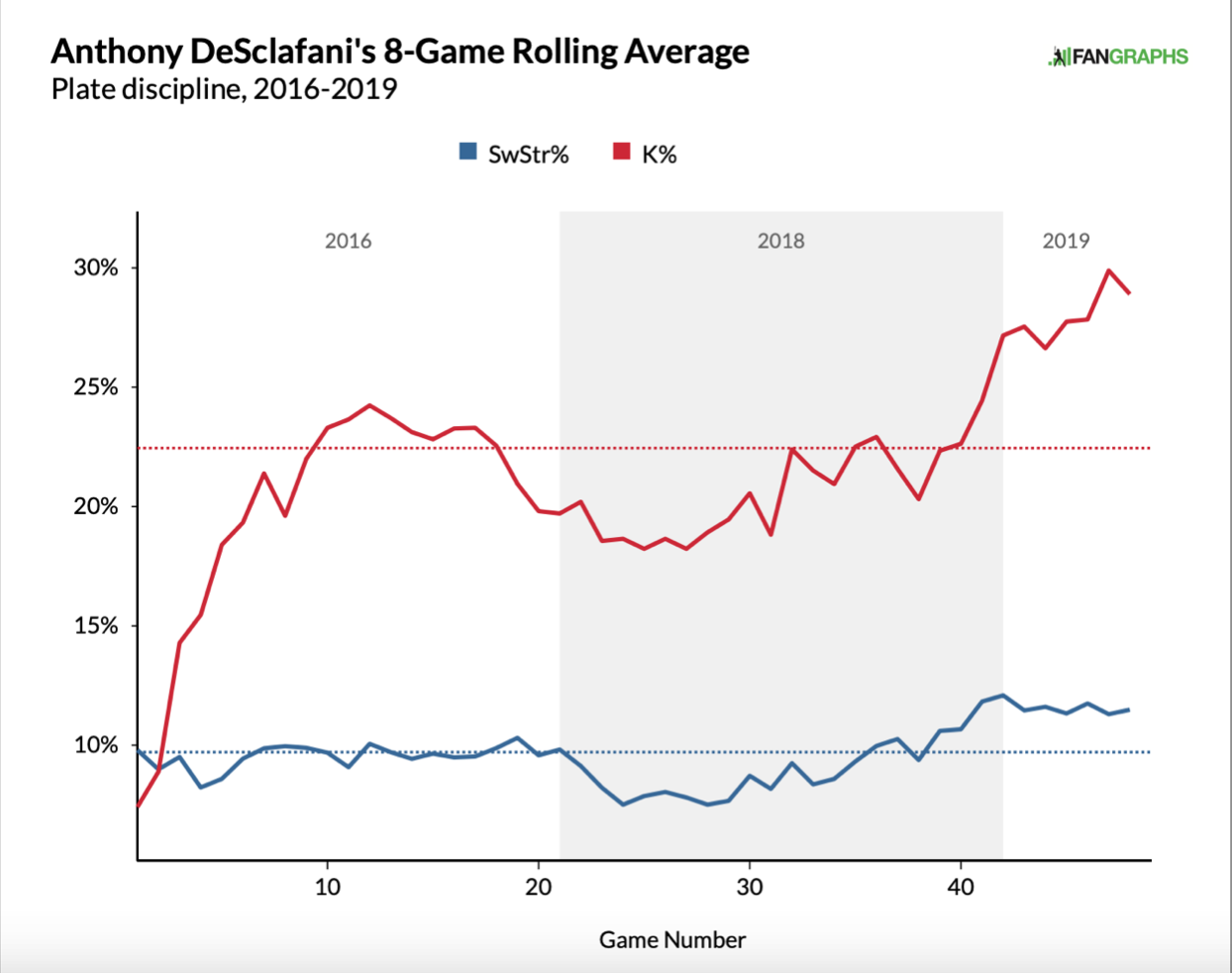
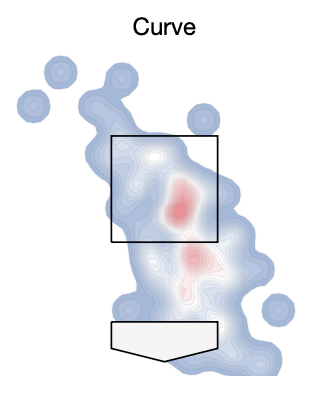
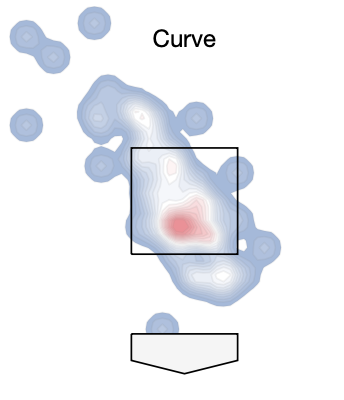
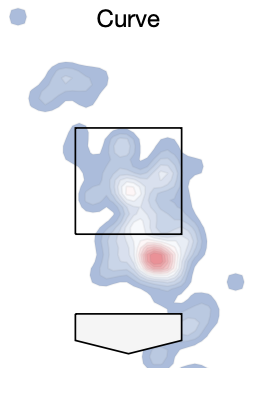
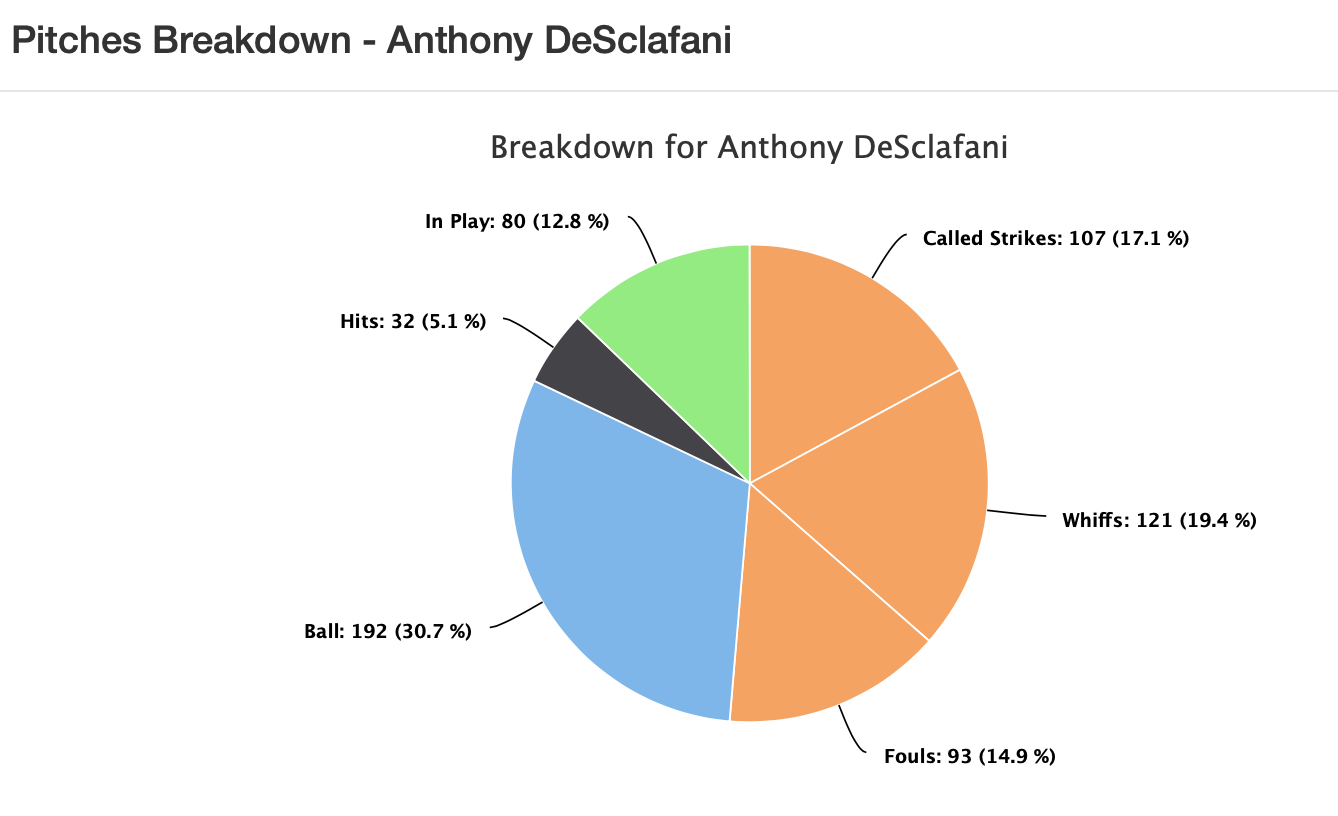
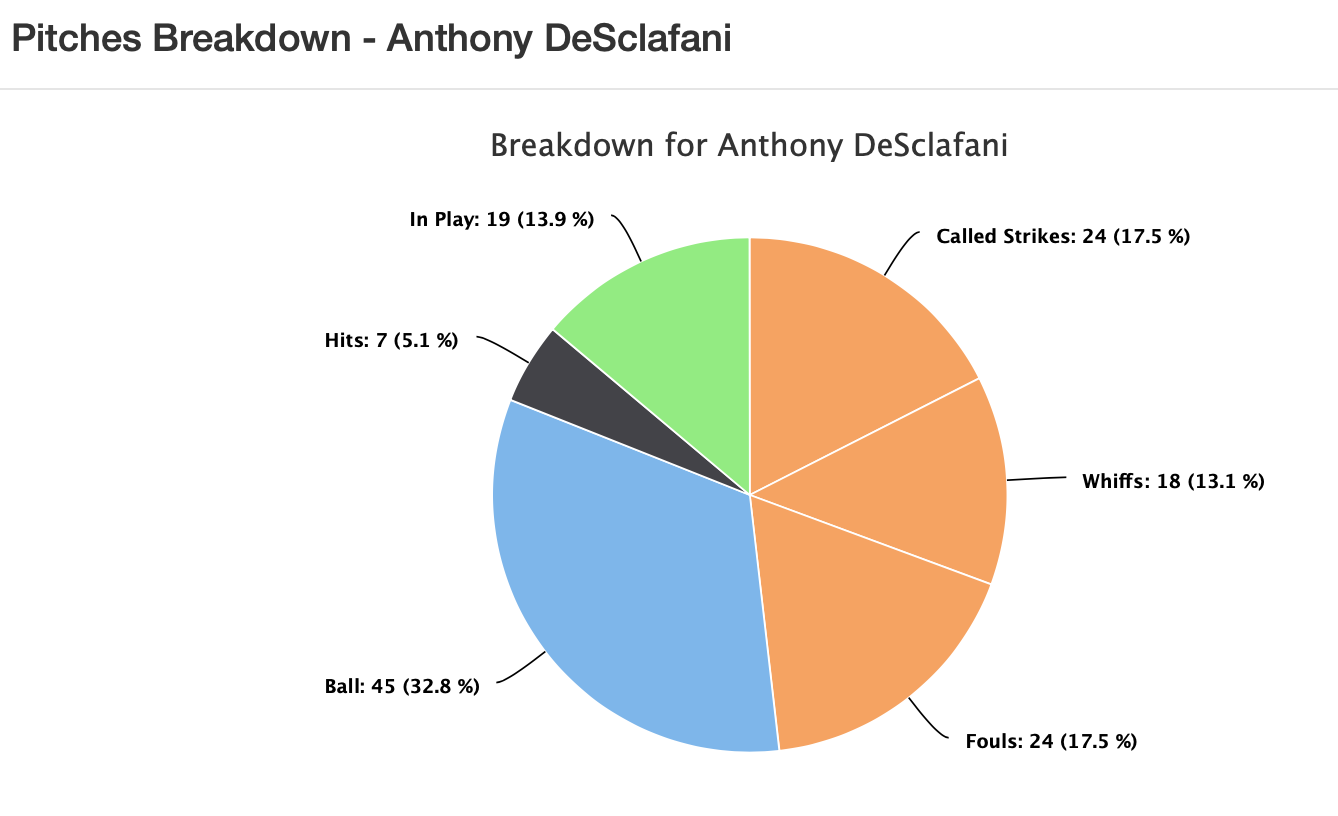
I liked the article, but a couple thing maybe I missed or need to be named. What’s the difference between the two pie charts? Both listed as breakdown for TonyD. And the heat maps for the curveball are tough to figure out what the difference is. I assume it’s during different time periods. Hopefully he finds that slider and really starts to pitch well.